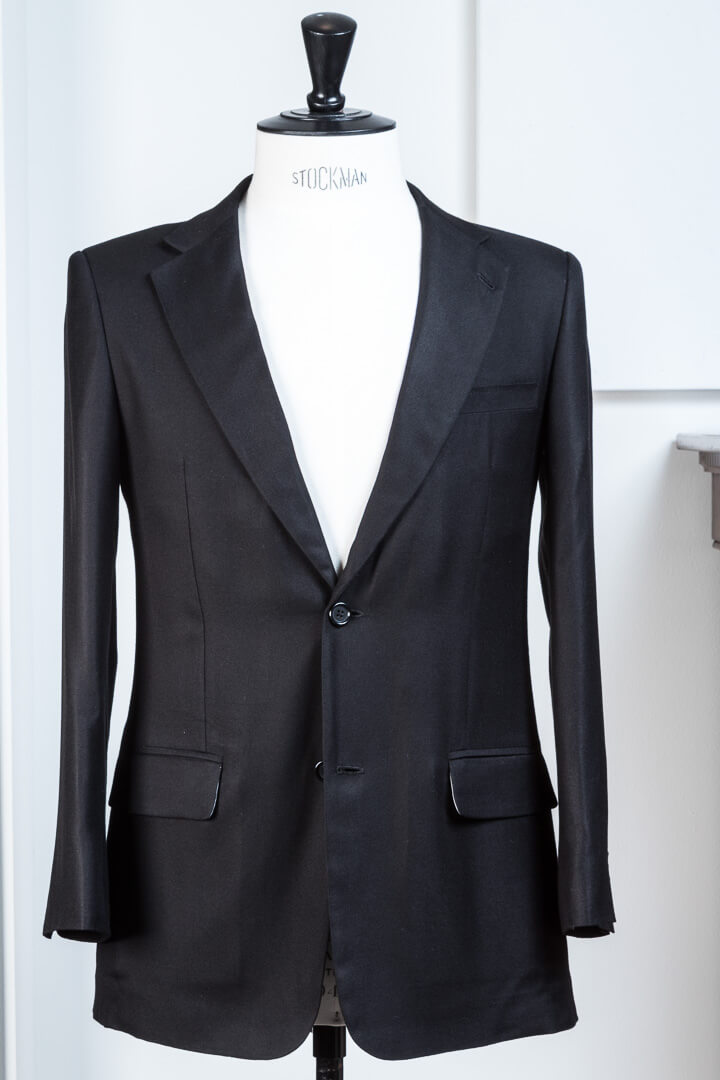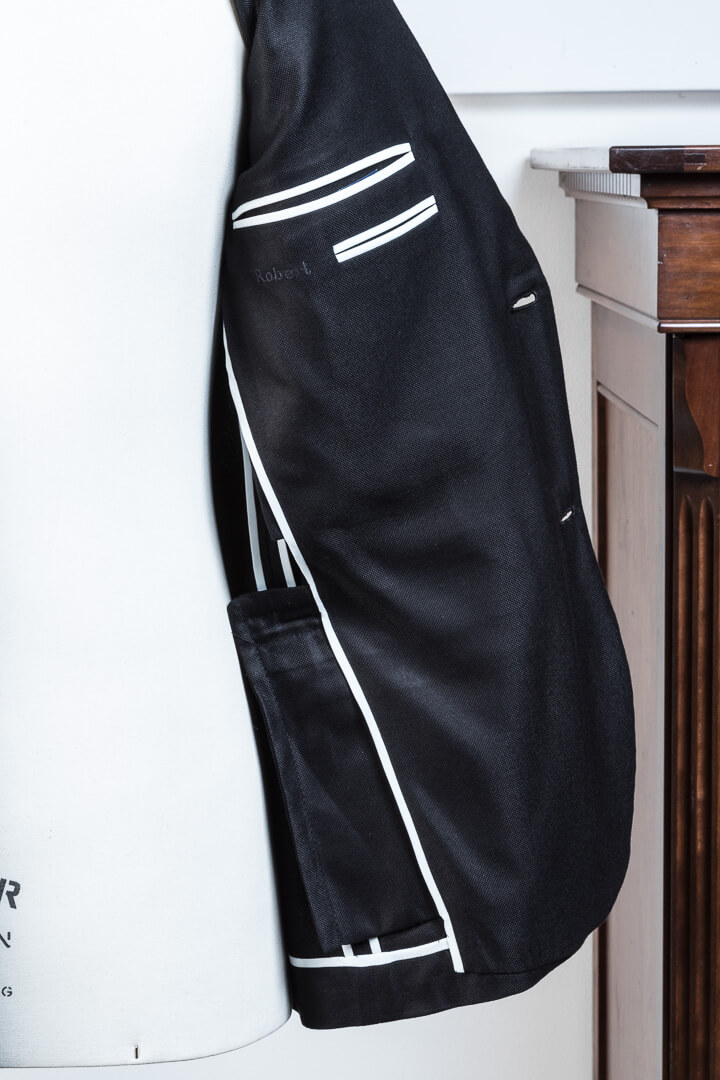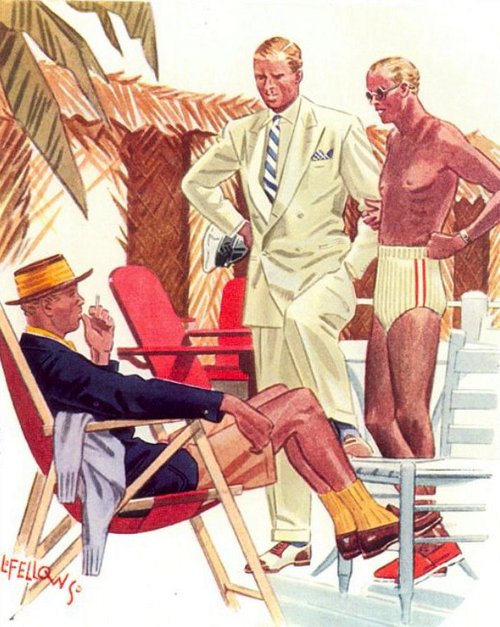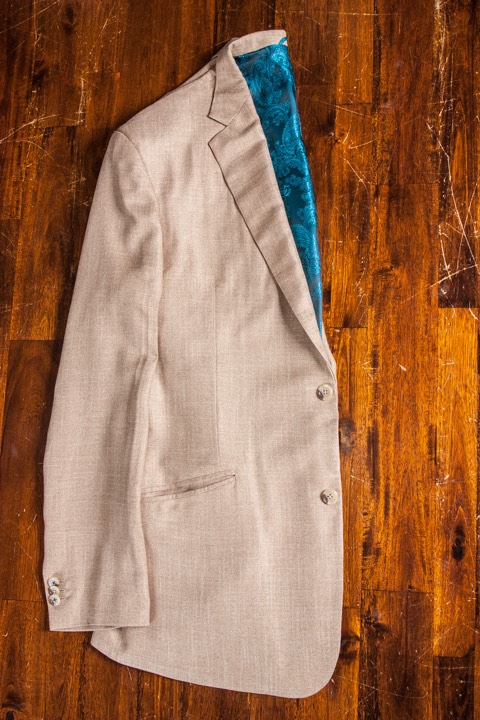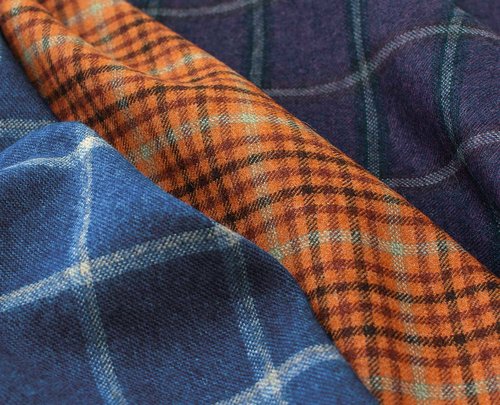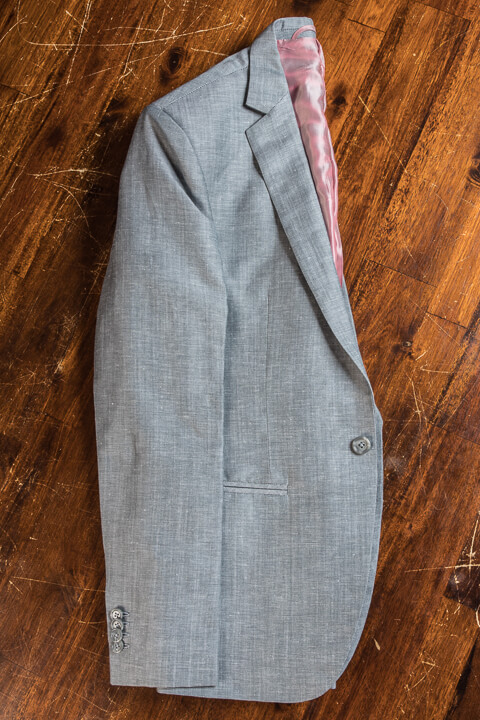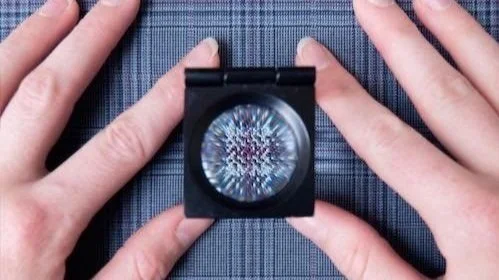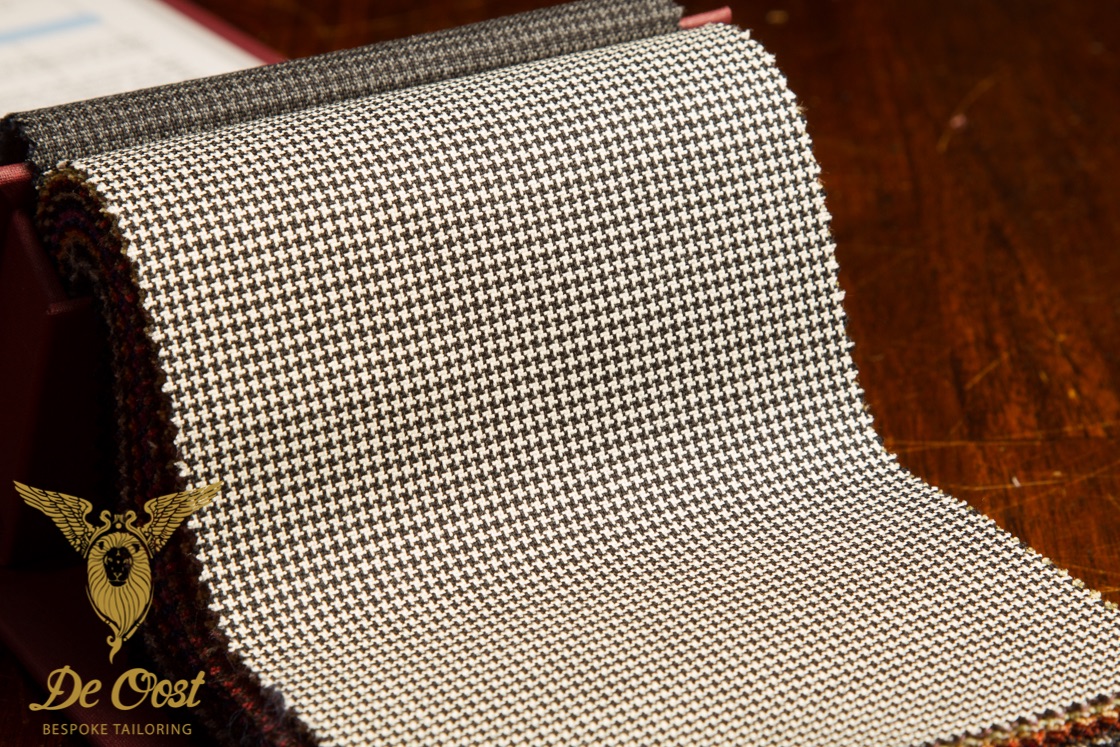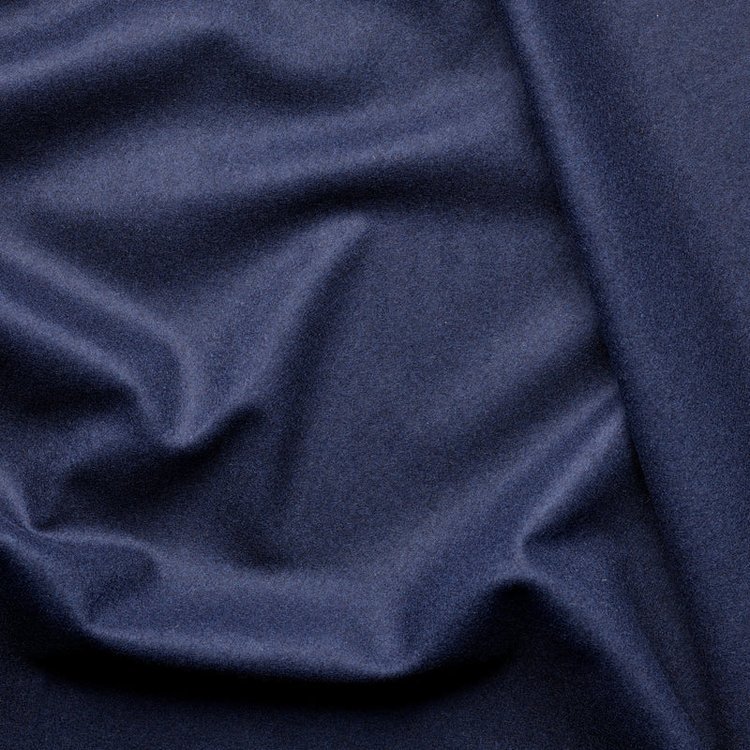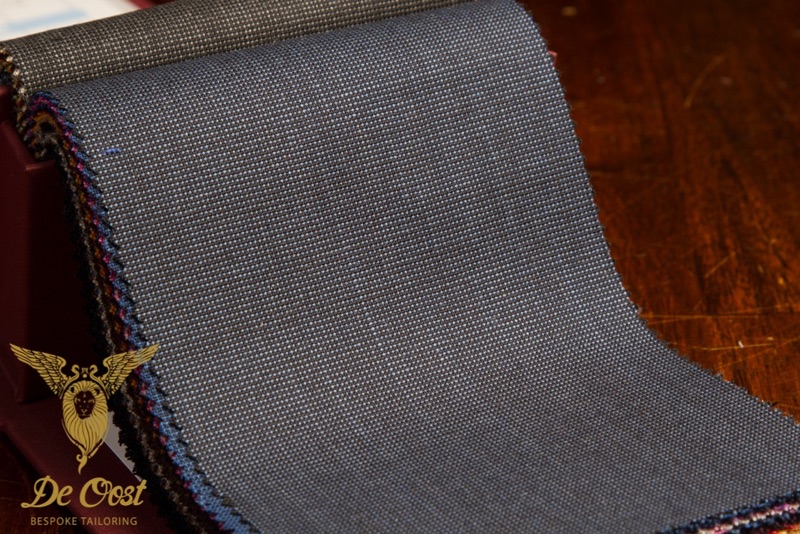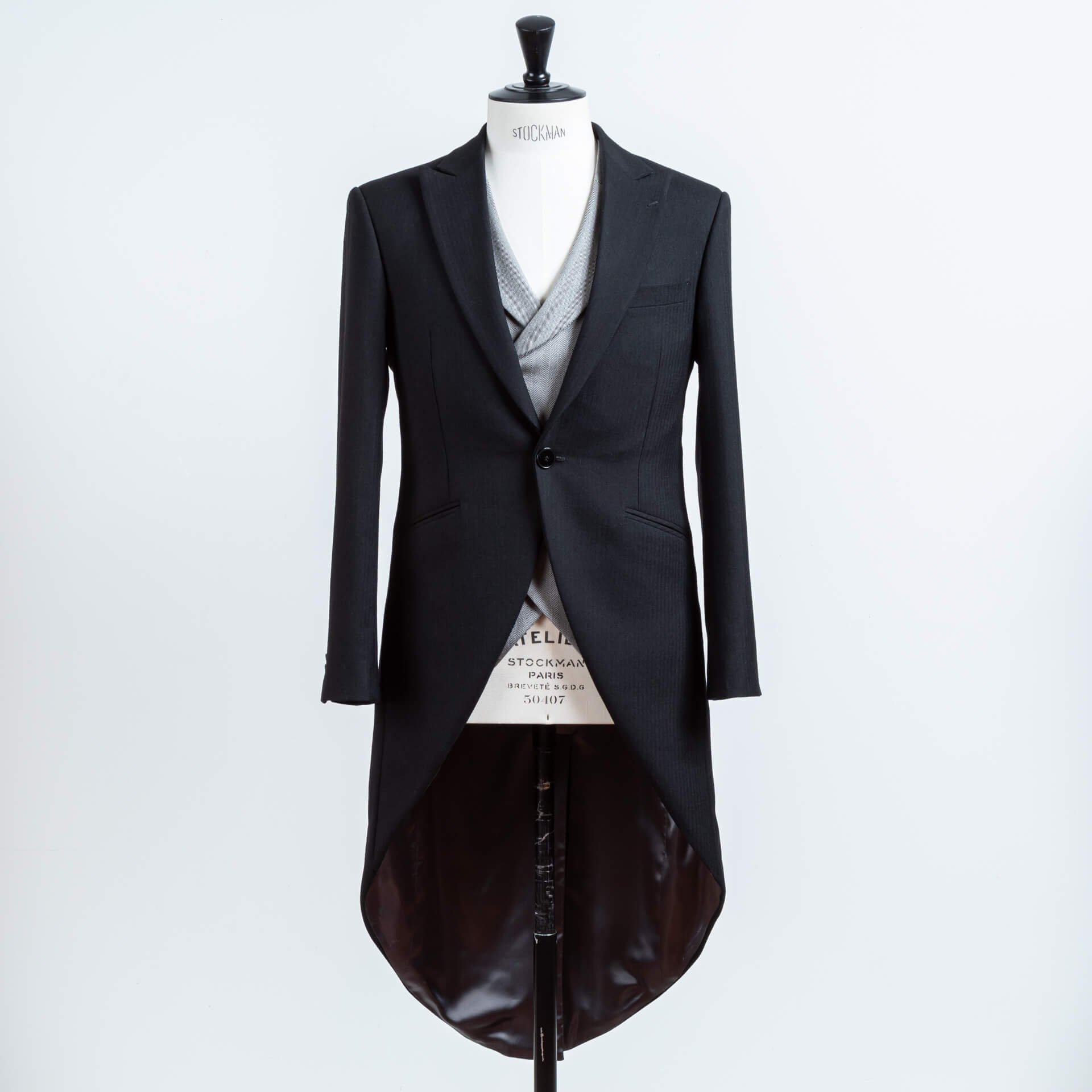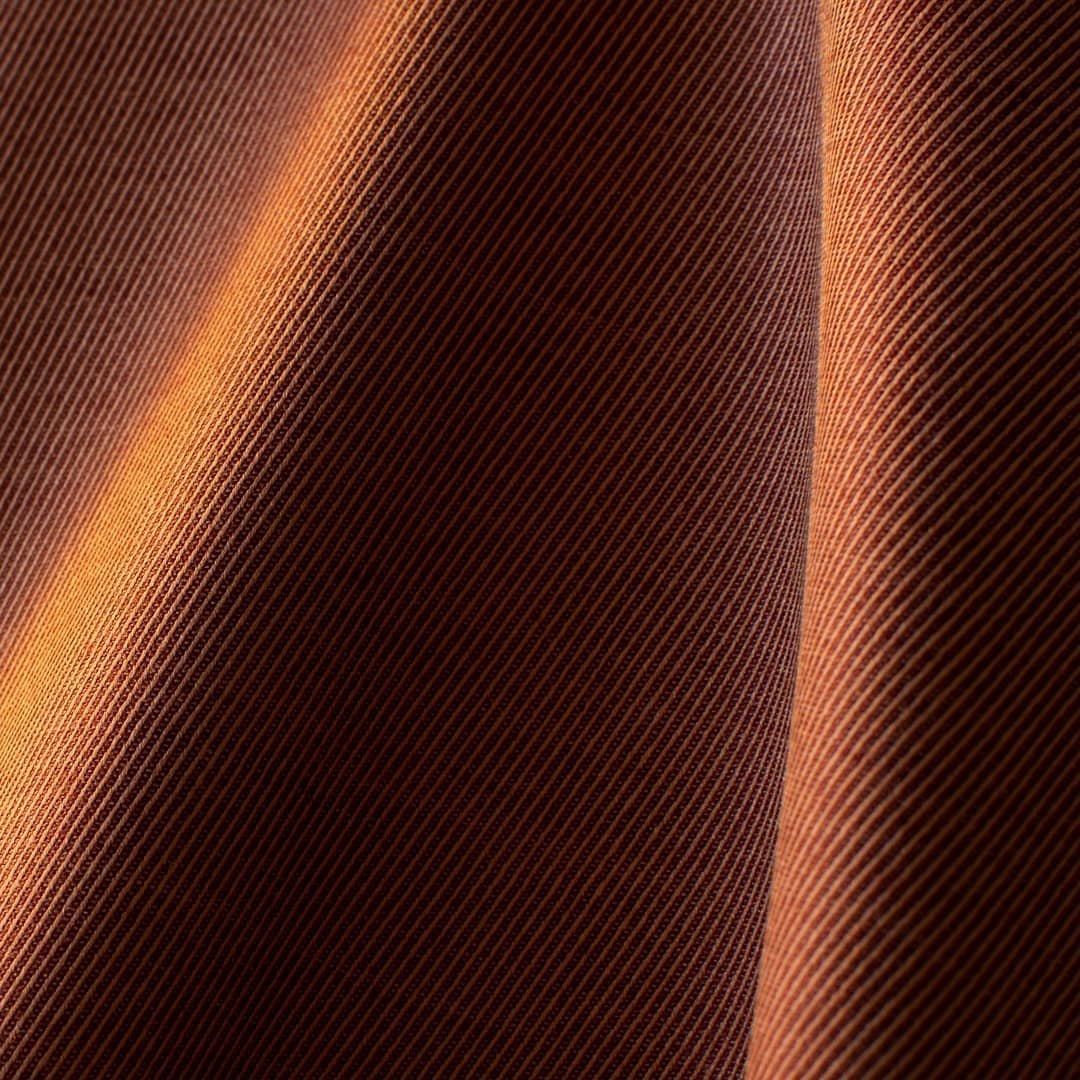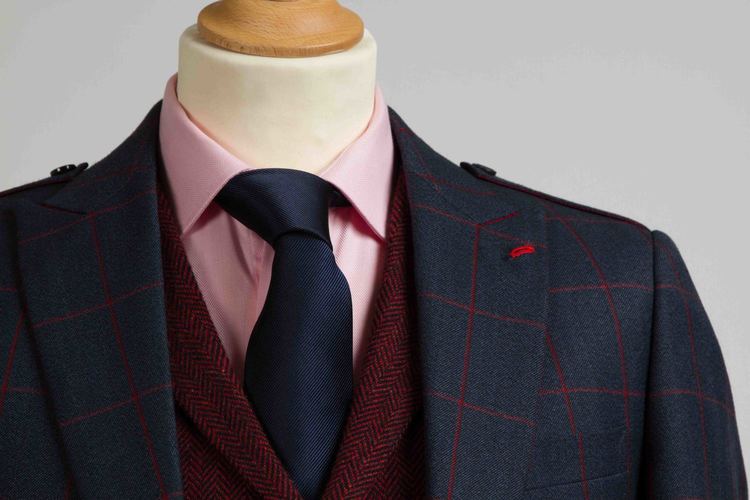For years, when the season changed from cold to warm, so did the texture of men’s tailored clothes
Fabrics became more buoyant, drier to the touch, with increased porosity for better air circulation. Voiles, airtex weaves, and open-mesh dress shirts helped ventilate male torsos, while Palm Beach worsteds, cotton seersuckers, and nubby silks helped layer bodily zones for hot-climate comfort. Gauzy silk grenadine and spongy linen neckwear completed the surface-interest picture.
With the disappearance of the hand laundry and the commercialization of the dry-cleaning process, the majority of these higher-maintenance summer materials went the way of the two-toned spectator shoe. However, a few of the standbys are still available for those interested in unearthing them, although they are fast becoming extinct due to the public’s lack of exposure to them. What has rendered them increasingly less commercial over the years are their surface properties, such as sheen or texture, which today are either misunderstood or neglected. The following are classic suitings whose particular fabrics were bred to provide the wearer with comfort and coolness, and still do.
Seersucker is America's most iconic summer suit. "Why should the very cheap remain the province of the very rich?" asked Esquire magazine in August 1936. This rumpled-looking cotton fabric first became a symbol of the rich and socially secure before the average man finally accepted it as something other than a poor man’s suit. Although not an expensive fabric, the all-cotton seersucker will go right on ticking way after other luxury garments have tossed in the towel. Today, in medium blue, brown, or gray and white oxford stripe, single- or double-breasted, worn with a necktie or polo shirt, the seersucker suit offers a heat-beater stylishness transcending both low and high fashion.
One of the few summer suits capable of holding its crisp good looks has always been the wool Mohair suit. Today, when fine baby mohair suit stiff and old-fashioned by comparison. Unfortunately, because of the dulled luster of mohair’s surface, its sensibility is frequently identified.
Since its debut on the Riviera in the late twenties, the pure silk dupioni suit has always been the last word in summer chic. From its well-bred beginnings, the silk suit with its natural glossy beauty and superior draping quality was a status symbol, an aristocratic garment made only by the prestigious custom tailors and top manufacturers. Today, only one mill in Italy weaves this unique fabric in its original quality and narrow width. The classic shades are cream, brown, blue and elephant gray. Combining the best of natural fiber worlds, this shantung like nubby silk material is drier yet more luxurious to the touch than cotton, resists wrinkling better than linen, and drapes with more fluidity than fine worsted wool.
